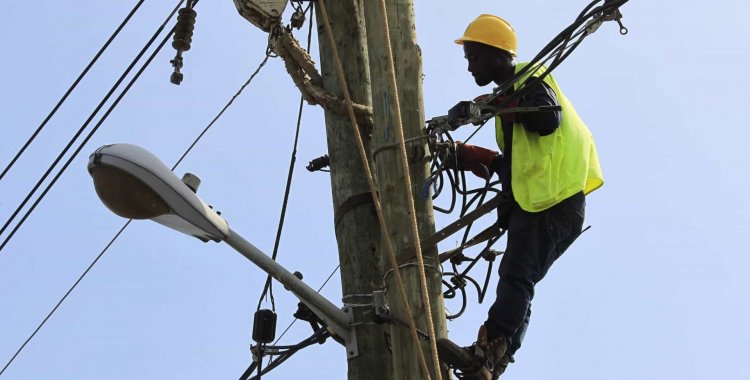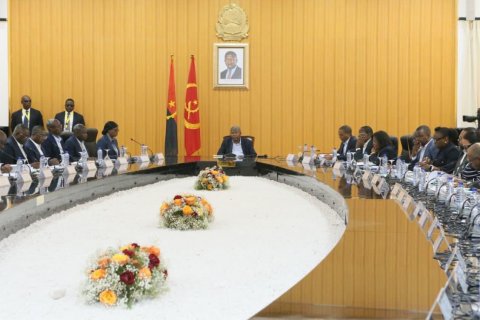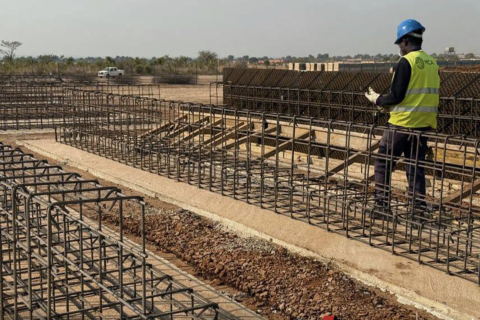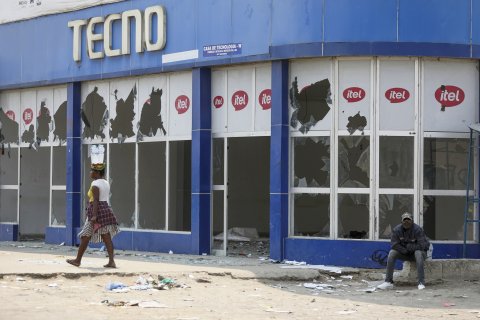Thus, there should be an increase in the electrification rate in the coming years. According to the targets present in EPL Angola 2050, the electrification rate will rise from 43 percent (achieved in 2022) to 53 percent in 2030 and to 72 percent by 2050.
With regard to renewable energies (including hydroelectricity), the percentage of energy supply is also expected to show an increasing trend. According to the document, the percentage should rise from 56 percent last year to 70 percent in 2030 and 94 percent in 2050.
Already the installed capacity (electricity - GW), according to the targets, will rise from six percent (verified in 2022) to 12.4 percent in 2030 and 32.9 percent by 2050.
The aim is "a sustainable, efficient and inclusive energy sector that supports development, boosts economic growth and attracts large-scale private investment", says the document.
This sector, he adds, is "fundamental to increase economic participation and productivity, so, in order to meet the needs of the ever-increasing population and allow for economic growth", plans are being made to increase "electrification in the 42 percent of households in 2022 to more than 70 percent by 2050 and promote off-grid solutions in the rest of the country."
"Additionally, we will increase the contribution of renewable energies to the supply of electricity to more than 90 percent of the total by 2050 and, in this way, we will take advantage of a lower cost per unit of these sources (mainly hydroelectric and solar energy)", the document adds.
The EPL also predicts that the demand for electricity in the country will "increase more than five times by 2050", pointing out that it is essential to guarantee "that the energy system is sustainable, making tariffs converge to the real cost of the system, reducing losses and attracting investment private scale to finance growth".
Thus, advances the EPL, the objective is to "unblock economic growth" in the country, "building a resilient economy that benefits all citizens", and, in this sense, they will invest in infrastructure, "a factor that stimulates growth inclusive economic, productivity and social development".
"Building the necessary physical infrastructure and capacity in the telecommunications, transport, energy and housing sectors requires a long-term commitment", the note also emphasizes, which adds: "If we implement our plans in a cohesive manner, we will be able to achieve the our objectives and guarantee better living conditions, in addition to greater economic inclusion for all Angolans".
Electrification of the south and east of Angola between Government bets
According to Angop, the Angolan electrification strategy outlined by the Government is focused, for the next five years, on satisfying six million citizens in the south and east of the country.
Thus, the focus is on connecting the center and south through Huambo and Huíla and the east, via the Capanda hydroelectric plant. For the eastern region, according to the Ministry of Energy and Water, a line has been mobilized that will make it possible to cover the three provinces that make up this region (Lunda Norte, Lunda Sul and Moxico), also covering Bié and Malanje, while for the south there is an investment on the verge of being approved, writes Angop.
"The important thing now is to take the production of electricity to the south and east of the country, where diesel is still used for energy production", said João Baptista Borges, Minister of Energy and Water, quoted by Angop.
In addition, the ministry also estimates that within two years, that is, by 2025, half of the population will have access to electricity, something that, according to the minister, will be possible with 1,700,000 home connections, that is 370 thousand annual calls in the country.
It should be noted that the national electrification rate stands at 42.8 percent. Recently, the holder of the Energy and Water portfolio considered that "at the moment, the country is doing well in the production of electricity, but there are constraints in the field of transport and distribution".







